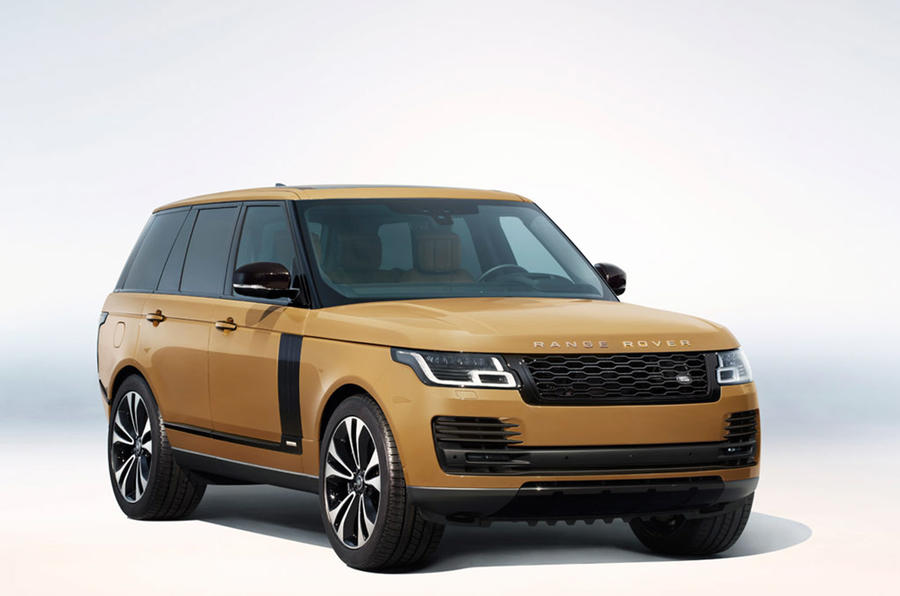One of many opinions strongly held by the late Spen King, father of the Range Rover, was that he never intended his hugely versatile 4x4 to become a high-priced prestige car. He knew it would need to be more expensive than the regular Landie but struggled hard to keep it affordable, to the extent of lining its floors with an awful sand-coloured linoleum instead of carpet.
I know this because I owned an early Range Rover (J-reg, no power steering) for a few years, reputed to be chassis number 300-ish. Mine was Bahama Gold, an intensely nostalgic colour revived for the new special edition. Sadly, I believe it died of rust back when old Range Rovers weren’t worth much. Today you wouldn’t let that happen. I still wonder if someone, somewhere found a way to give it a reprieve.
The point is, despite the differences between my crude original and the Range Rovers now, I still think of that old car every time I step into a new one – because Gerry McGovern and his team have so conscientiously maintained the features that make the link: command driving position, big glass area, low waistline, clamshell bonnet, floating roof and those evocatively angled front and rear screens.
There are other recognisable facets in the way it drives, even today. My old J-plater was crude, what with its two non-independent live axles front and rear, but there was a low-rate “stroll” about the action of its suspension that made it feel luxurious if you didn’t chuck it about too much. Non-independent systems have the virtue of keeping the tyre contact patch properly in touch with the road, so the car held the road quite well, another thing today’s model does brilliantly.
A little later, when Land Rover bosses finally realised the need for Range Rovers to have power steering, the handling became pretty good — agility being aided by better tyres and the relatively short wheelbase. There was always “lost motion” (aka a sector of vagueness) in the steering back in those J-plate days and that certainly isn’t there any more in today’s cars.
Yet the modern car strolls, too, and absorbs bumps well because its suspension also has low spring rates. It can afford to, because these days a Range Rover rides on air and if it gets overloaded either by payload or outrageous road conditions, it has a mechanism that automatically tightens things up.
But it’s the continuing family look of the two cars that I still find remarkable, given that under the skin they could hardly be less alike. Gerry McGovern & Co have made the modern Range Rover look right for its time — and to my eye, beautiful — while keeping the reference to their heritage without being constrained by it. That’s a feat.










Join the debate
Add your comment
Lost in time
To S173 I would say simply the Fiesta, despite technical advances remains within the same affordable part of the market it began its life in. JLR as well have added much technology , but completely left behind the market in which the early models were born into.
It is the Landcruiser that retains the legacy of it's original concept , technology advances that have been necessary have been added, but still at its heart a tough off roader that will run for 20 years without batting an eyelid, and still affordable. It also contributes as one part of a highly profitable car company. Perhaps McGovern and his fanboys should have a quick economics GCSE to explain the necessity of profit.
Totally agree re pricing, the
I dunno, this all seems a
But that new Range Rover is still instantly recognisable, even if debadged, so yes I think there is something of the original in the modern design.
My issue, re their designs, is with Land Rover, they too look like Range Rovers and could easily be mistaken for one if debadged. Previous Discovery's and the freelanders didn't look like pastiches of the posh Range Rover and were so much better for it. In my opinion.
Steve, you seem blinded by
Personally, I hold McGovern uniquely culpable for turning LR into the effete company it has tragically become.
I shall celebrate the day he is gone, along with his repulsive Discovery 5.